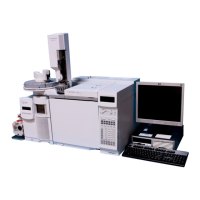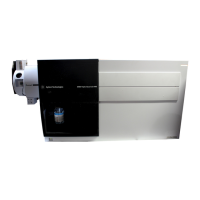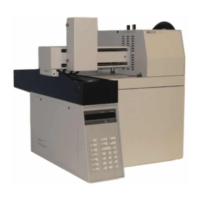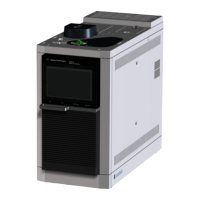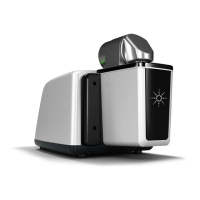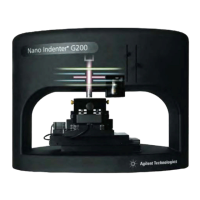D Single-Mode/Multimode Module Performance Tests Te st I I . E v e n t De a d z o ne
230 E6000C Mini-OTDR User’s Guide, E0302
Note more results 18 Note 2-pt-loss between A and B as “Dynamic Range
98%
”
at the actual pulsewidth.
19 Calculate the dynamic range as follows:
Dynamic Range = Dynamic Range
98%
+ 1.9 dB
Repeat for other pulsewidths 20 Repeat steps 4 to 19 with all pulsewidths described in
the test record.
Test II. Event Deadzone
NOTE The setup simulates a return loss of 35 dB. To care for the
fact that – due to the coupler – the light pulse travels
through the attenuator twice to sum up, the attenuator
needs to be set to a value 3 dB larger than the simulated
return loss, that is. 35 dB + 3 dB = 38 dB.
As this value includes the Insertion Loss of the
attenuator, you may need to determine the Insertion Loss
first.
Connect equipment 1 Make sure that all optical connectors are clean and
connect the equipment as shown in Figure 78.
If you are using the Agilent Recirculating Delay Line,
connect port 2 to the OTDR, port 1 to the input of the
attenuator, and port 3 to the output of the attenuator
Be sure to use the appropriate Single-Mode/Multimode
delay line for the module to be tested.
Artisan Technology Group - Quality Instrumentation ... Guaranteed | (888) 88-SOURCE | www.artisantg.com

